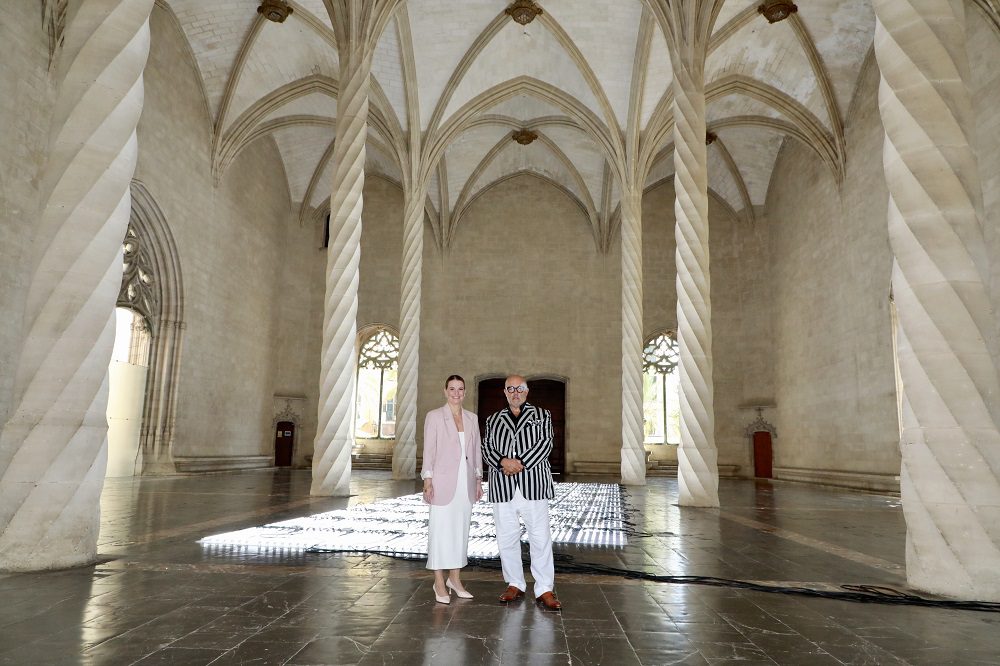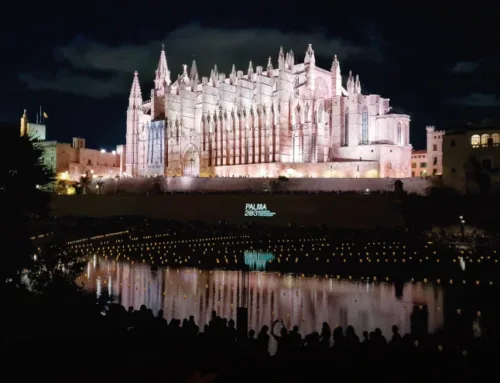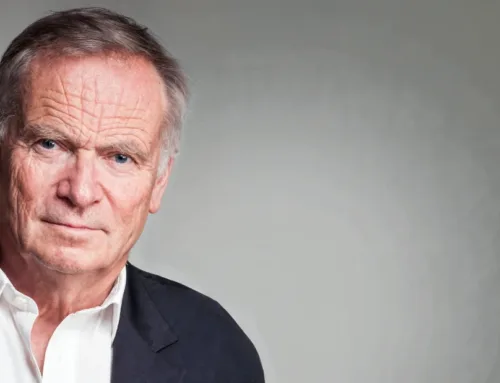The Portuguese artist Pedro Cabrita Reis is exhibiting “Inland Sea” in the Lonja, a work featuring 700 LED lamps “that make up this sea, which is more than water, which is more than borders: it is a part of everyone and a cradle”, Cabrita explained at the presentation ceremony.
“Inner Sea” refers to how the Mediterranean Sea was known in classical culture, and will be inaugurated today in Palma as a prelude to the Nit de l’Art (Night of Art), which will take place tomorrow. The contemporary artist’s creative proposal can be visited until next February.
“With the proposal to exhibit in La Lonja, I am given the chance to shine”, Reis assured, referring to this emblematic place: “all magical spaces have inscrutable secrets that pose a labyrinth for the artist”. The creator also acknowledged that when he was offered the chance to work in the Lonja he could not refuse.
The president of the Govern, Margalida Prohens, highlighted Cabrita Reis’ “genius, his innovation in contemporary art and how he has changed the way of understanding art in his country”. Prohens also said that work will be done to maintain a permanent programme of international artists of the highest level at the Lonja.

The career of Pedro Cabrita Reis
Pedro Cabrita Reis (Lisbon, 1956) is one of Portugal’s most prestigious contemporary artists. His work has transformed the understanding of painting and sculpture in his country since the 1980s and he is known for his large-scale works using building materials and for his work with light. Since 1979, Cabrita has dedicated his life to art. His first international exhibition took place in Antwerp in 1987, and since then his work has been shown in institutions around the world, including the Tate Modern in London and the Hamburger Kunsthalle in Hamburg. He is part of renowned collections such as the Folkwang Museum in Essen, Germany, and the MUDAM (Musée d’Art Moderne Grand-Duc Jean) in Luxembourg. In 1992, Cabrita participated in Documenta IX and in 2003 he represented Portugal at the 50th Venice Biennale.







Leave A Comment